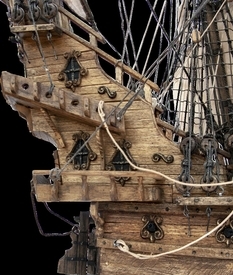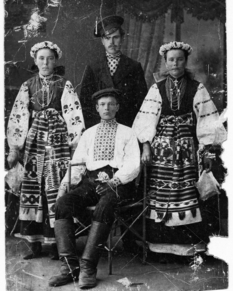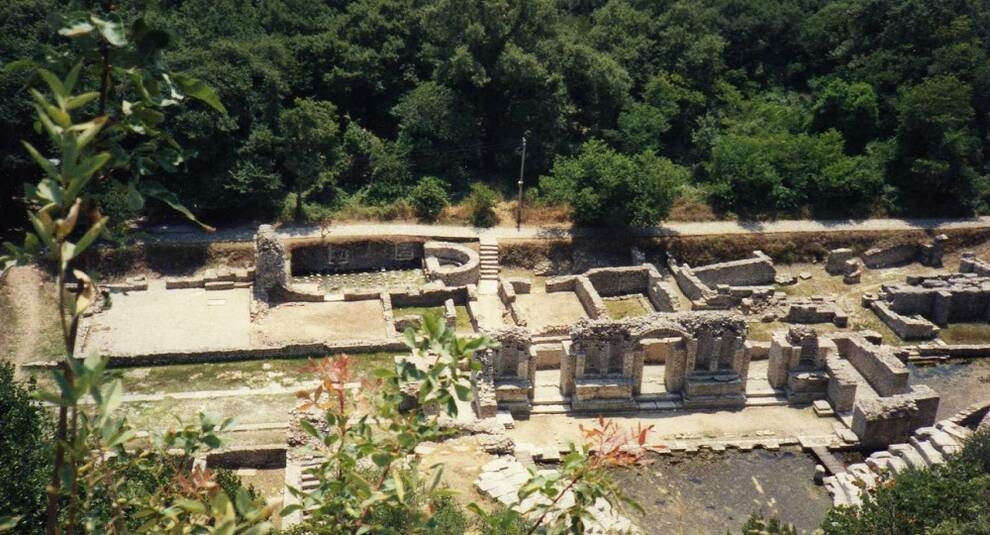
Butrinti: Ancient Greek ruins in Albania
In the south of Albania, Butrinti is an archaeological site that has been turned into a museum complex. It is located near Greece, near the modern Albanian village of the same name. In the VI century BC, the Greeks came here from Corinth and Kerkyra and founded a colony. The first name of the city is Butroton, and from 167 BC, when the Romans formed a new province, it was renamed Butrotum. In the V century AD, the city was seriously fortified, the walls were rebuilt, but this did not protect it from the Ostrogoths, who in the 550s raided the Ionian coast. In the following years, Butrinti was part of the Byzantine Province of Epirus. The last flourishing of the city was in the XIV century, when it was under the Republic of Venice. The Turkish conquest led to the complete devastation of Butrinti.
Some of the ancient ruins were excavated in the 20-30s of the XX century. During archaeological research, the acropolis, part of the walls and gates, the sanctuary of Asclepius, decorated with a statue, were discovered. Among the buildings, special attention was drawn to the theater of the III century BC. The Second World War temporarily interrupted the excavations, which were later resumed. But foreigners access to the ruins was banned by the communist government of Enver Hoxha. A truly large-scale excavation began in the 1970s.
In 1992, the site was added to the UNESCO List of Sites. A few years later, it was expanded to include a large structure – the Venetian fortress. A road built in 1959 and upgraded in 2010 leads to the city.

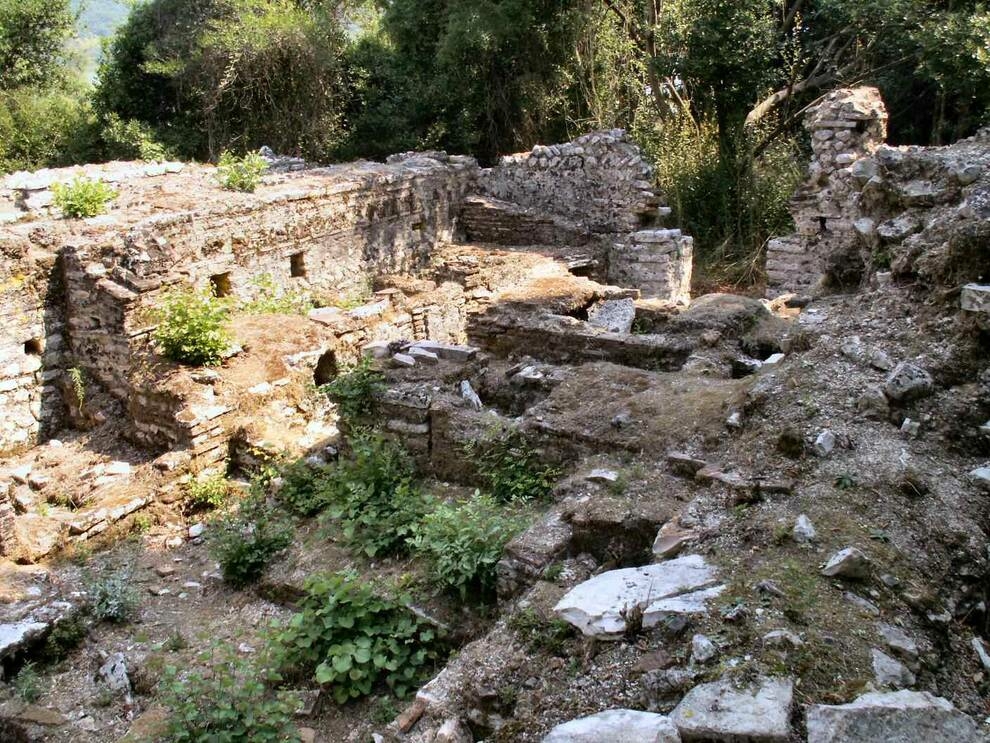

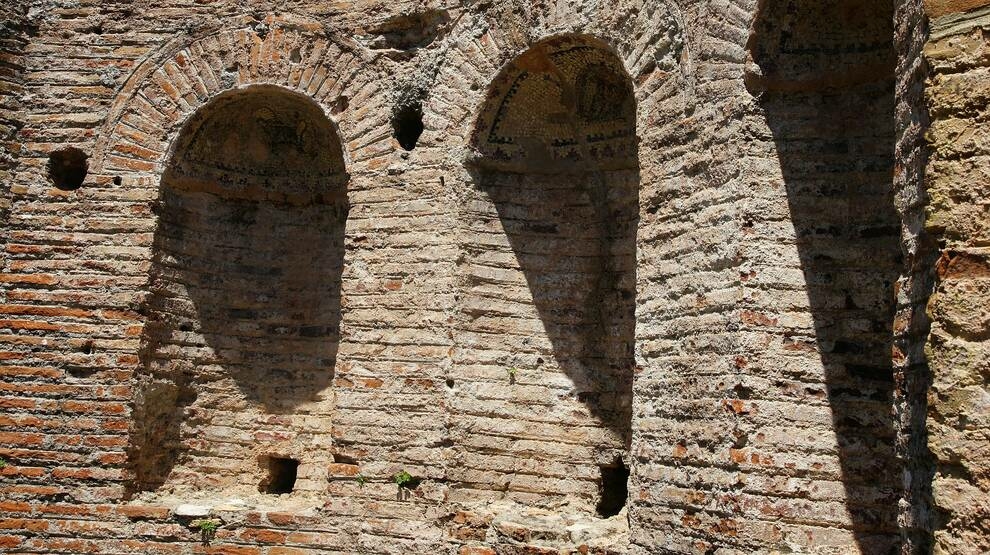
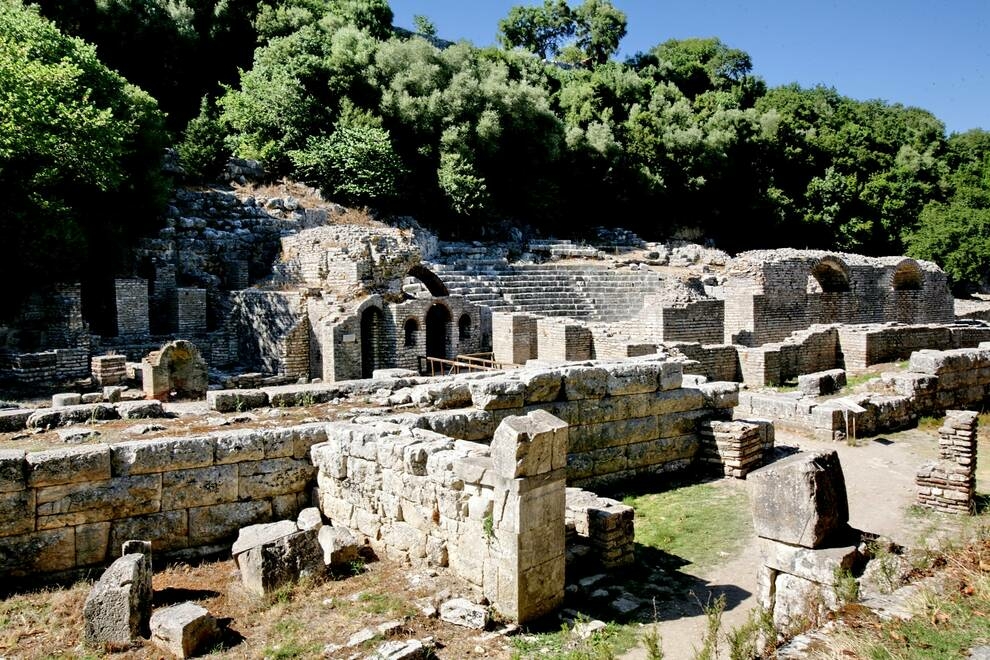
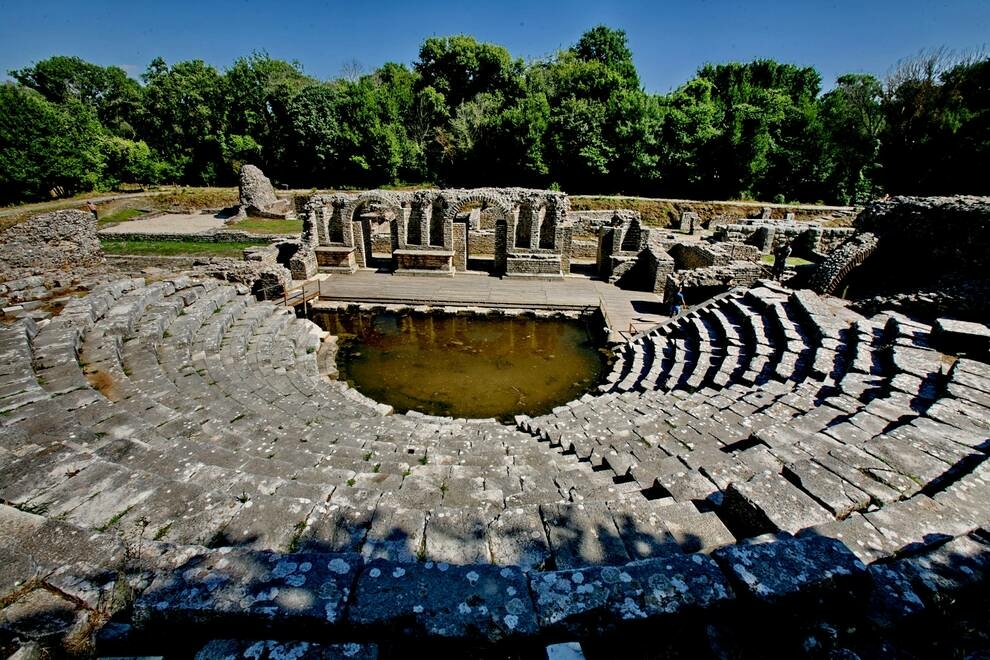


Some of the ancient ruins were excavated in the 20-30s of the XX century. During archaeological research, the acropolis, part of the walls and gates, the sanctuary of Asclepius, decorated with a statue, were discovered. Among the buildings, special attention was drawn to the theater of the III century BC. The Second World War temporarily interrupted the excavations, which were later resumed. But foreigners access to the ruins was banned by the communist government of Enver Hoxha. A truly large-scale excavation began in the 1970s.
In 1992, the site was added to the UNESCO List of Sites. A few years later, it was expanded to include a large structure – the Venetian fortress. A road built in 1959 and upgraded in 2010 leads to the city.

Photo ©

Photo ©

Photo ©

Photo ©

Photo ©

Photo ©

Photo ©

Photo ©
